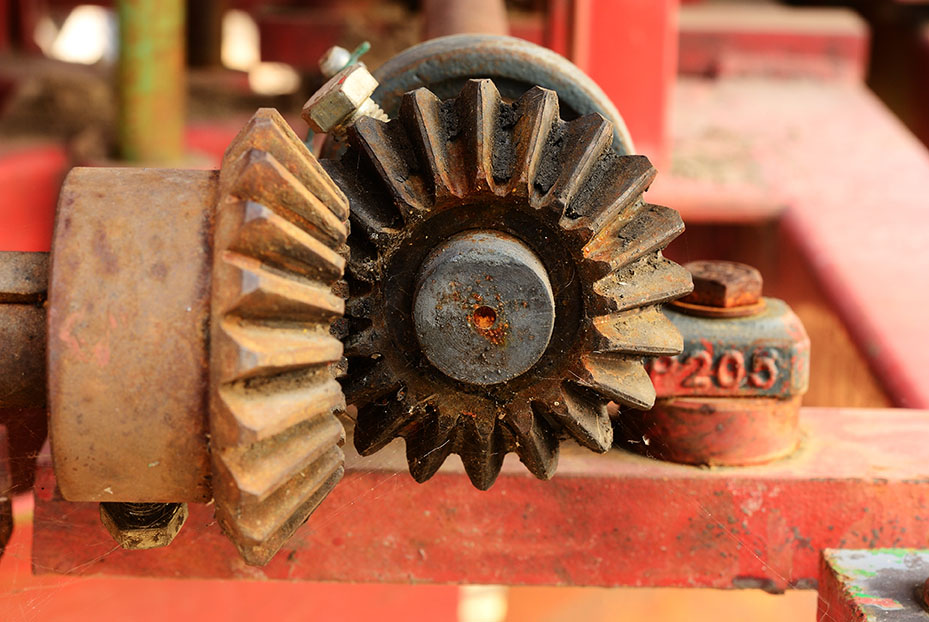

A bevel gear is a gear that has teeth that are cut at an angle. This allows the gear to transmit power between two shafts that are not parallel. Bevel gears are often used in steering mechanisms, transmissions, and other applications where two shafts need to be connected at an angle.
Bevel gears are made from a variety of materials, including steel, brass, and plastic. The teeth of the gear are cut using a special type of gear cutter. The angle of the teeth is determined by the angle between the two shafts.
Bevel gears can be either external or internal. External bevel gears have teeth that project outward from the gear. Internal bevel gears have teeth that project inward from the gear.
Bevel gears are a type of intersecting gears. Intersecting gears are gears that have teeth that intersect with each other. Other types of intersecting gears include helical gears and spiral gears.
The bevel gear allowed the two shafts to mesh with each other at an angle, which was necessary to transmit power between the two shafts.

Noun:
bevel gear (a gear with teeth that are angled to mesh with the teeth of another gear at an angle other than 90 degrees).
Adjective:
bevel gear (of or relating to bevel gears).
Verb:
to bevel gear (to fit or join two bevel gears together).
The word "bevel" comes from the Old French word "beveler," which means "to slope or slant." The word "bevel" first appeared in English in the 14th century.
Where might a bevel gear be found?
Question:
Define a "bevel gear" and describe its function in mechanical systems. Explain how bevel gears differ from other types of gears and provide one real-world application of bevel gears.
Answer:
A bevel gear is a type of gear with straight-cut teeth that are mounted on non-parallel intersecting shafts. It is commonly used to transmit rotational motion between shafts that are not aligned but intersect at an angle.
The main function of bevel gears is to change the direction of rotation between the input and output shafts while maintaining a constant speed ratio. They are ideal for transmitting motion at an angle, typically at 90 degrees, and are widely used in various mechanical systems.
Bevel gears differ from other types of gears like spur gears, which have teeth parallel to the gear axis, and helical gears, which have angled teeth around the gear axis. The arrangement of bevel gears allows them to handle high loads and transmit motion smoothly in applications where non-parallel shafts are required.
A real-world application of bevel gears is in the differential mechanism of an automobile. The differential allows the wheels on a vehicle's axle to rotate at different speeds while transferring power from the engine to the wheels efficiently. Bevel gears inside the differential enable this function by transmitting power from the engine's driveshaft to the wheels at a 90-degree angle, allowing smooth turns and preventing wheel slippage during cornering.